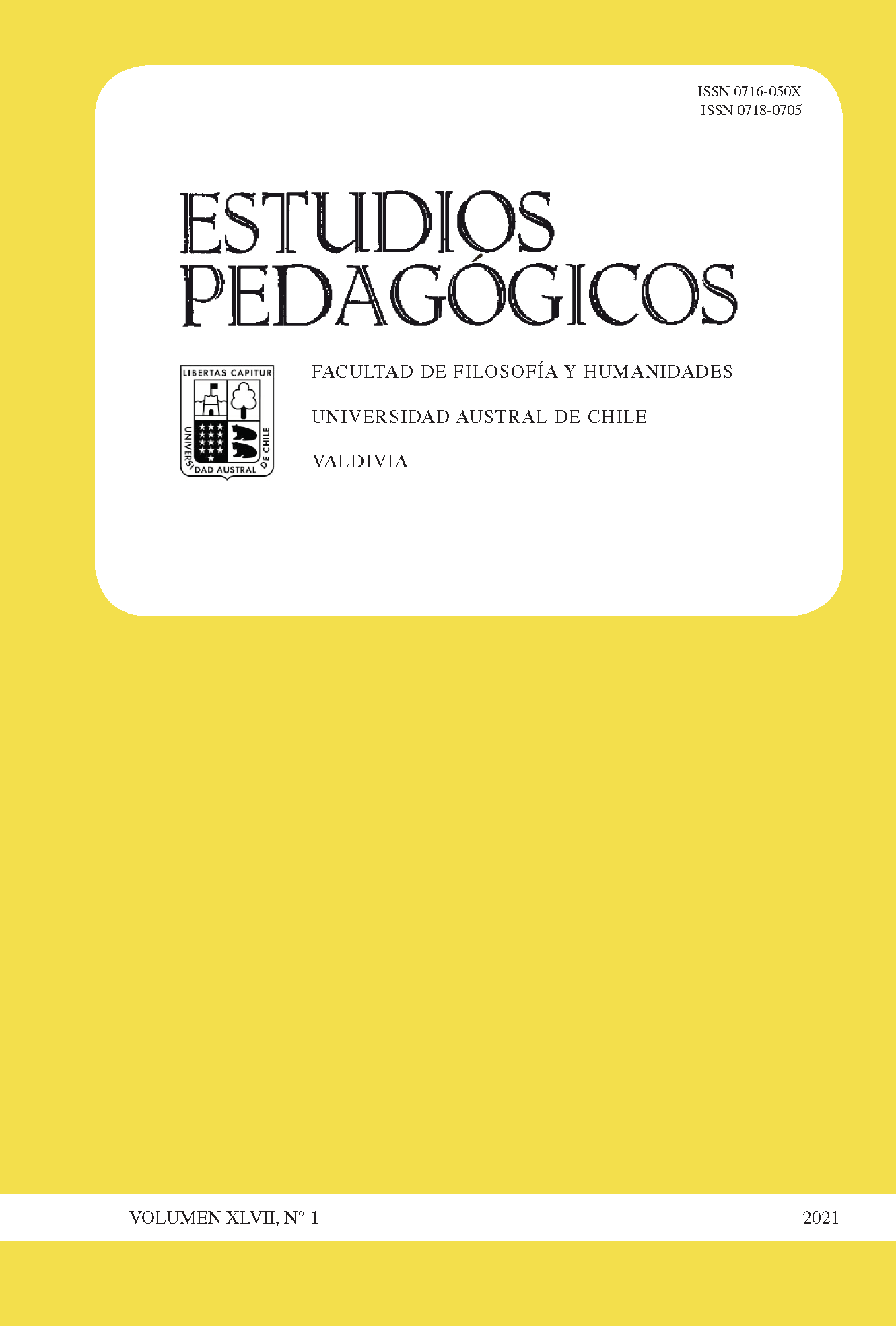La cátedra de la paz como eje de desarrollo social de cara al posconflicto
Contenido principal del artículo
Resumen
Se reporta un trabajo realizado con 176 estudiantes, 30 profesores y 16 padres de familia de tres instituciones educativas oficiales de una población colombiana que fue sede de los diálogos de paz que pusieron fin al conflicto con un grupo guerrillero. Se estudiaron tópicos relacionados con la implementación de la cátedra de la paz y se analizó el grado de acuerdo entre ellos respecto a estos tópicos. Para el procesamiento de la información se hizo un análisis de correspondencias múltiples con el Chi cuadrado de Pearson como coeficiente de prueba, y además, se hicieron grupos focales con miembros de cada estamento. Los resultados muestran que el proceso de implementación de la cátedra de la paz en las instituciones educativas, ha sido lento, con algunas dificultades, con retraso en su implementación de más de dos años, y falta de capacitación y acompañamiento, por parte de las entidades territoriales, a las comunidades de las instituciones educativas. Pero a pesar de las dificultades dentro del contexto escolar se fomenta la cultura del diálogo para resolver los conflictos que se presentan, y con los profesores como mediadores en el proceso. La actividad escolar se da en un clima de respeto y apoyo mutuo entre directivos, docentes, estudiantes y padres de familia.

